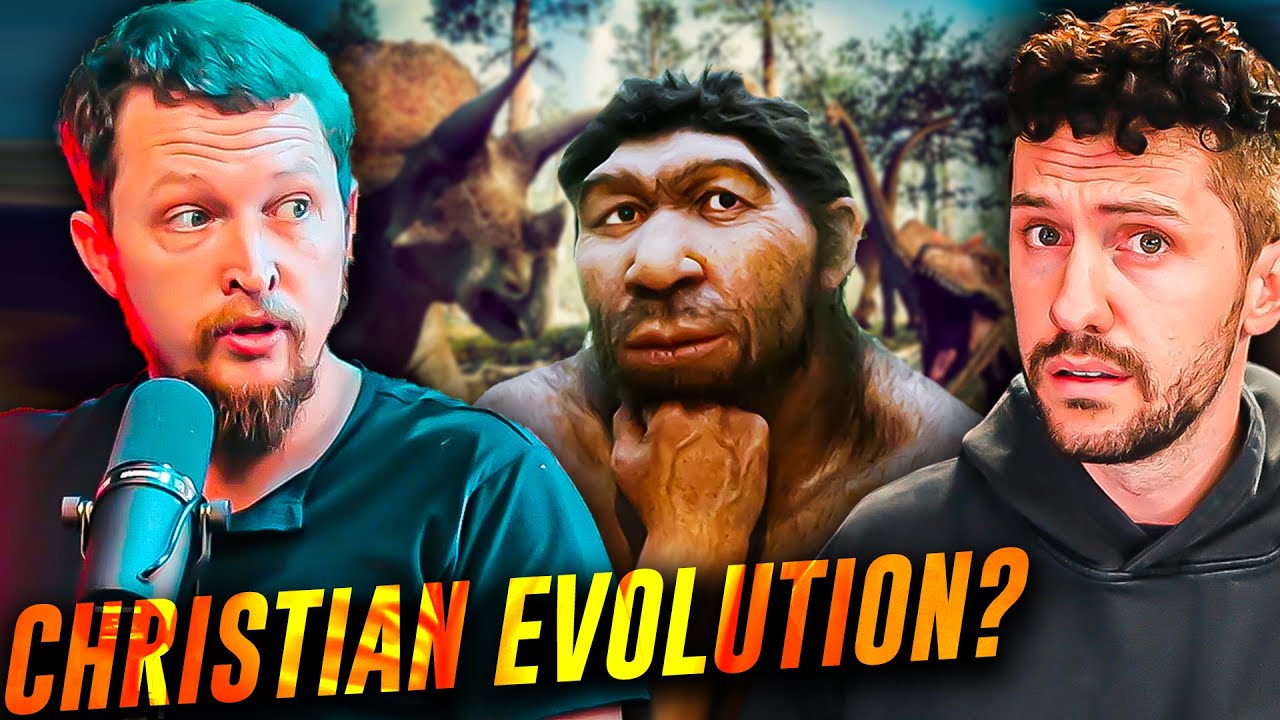Why Did Jesus Have to Die?
Summary
TLDRThis video explores various Christian theories of atonement, focusing on how Christ’s death on the cross redeemed humanity. It discusses three primary models: substitutional, moral, and incarnational. The substitution theories, including ransom and satisfaction, view Christ as paying a debt to free humanity, while moral theories focus on Christ's example as a call to change behavior. Incarnational theories emphasize Christ's victory over sin and death, highlighting the mystery of salvation. The video suggests that no single theory fully explains the mystery of atonement, encouraging deeper reflection on God's saving love.
Takeaways
- 🙏 The central Christian belief is that Jesus' death on the cross redeemed humanity's sins.
- 🔍 The New Testament does not provide a technical explanation for how Jesus' death achieved atonement.
- 📚 Theologians have developed various theories of atonement, each with its own merits and limitations.
- 💡 The substitutionary theory suggests Jesus' death served as a substitute for humanity's sins, with the ransom theory being the oldest.
- 👿 The ransom theory implies that Jesus' death paid a ransom to Satan, tricking him into releasing humanity.
- 🤔 St. Anselm's satisfaction theory posits that Jesus' death restored the honor owed to God by humanity.
- 😈 Penal substitution theory, supported by Martin Luther and John Calvin, suggests Jesus bore the punishment for humanity's sins.
- 🌟 Moral theories, like those of Abelard and Sozzini, view the cross as a demonstration of God's love, inspiring moral transformation.
- 🕊️ Girard's scapegoat theory sees the cross as exposing the futility of violence and advocating for peace.
- 🌱 Incarnational theories, like that of St. Irenaeus, focus on Christ's life, death, and resurrection as a retelling of humanity's story with a different outcome.
- 🏆 Gustaf Aulén's Christus Victor theory views Christ's work as a victory over sin, death, and the devil, emphasizing the liberation from bondage.
Q & A
What is the central teaching of Christianity regarding Jesus Christ's death on the cross?
-The central teaching is that Jesus Christ's death on the cross took away the sins of the world and redeemed all sinners.
What does the term 'atonement' signify in Christian theology?
-Atonement signifies the reconciliation or 'being at one' again with God, achieved through Jesus Christ's sacrifice on the cross.
Why has the Catholic Church not dogmatically defined how atonement occurs?
-The Catholic Church has not dogmatically defined how atonement occurs, leading to the development of various theories to explain it.
What are the three main categories of atonement theories mentioned in the script?
-The three main categories of atonement theories are substitutional, moral, and incarnational.
How does the ransom theory explain Jesus' death on the cross?
-The ransom theory suggests that Jesus' death paid a ransom to Satan, who had rightful power over humanity due to Adam and Eve's sins, to redeem humanity and buy them back.
What is the main criticism of the ransom theory presented in the script?
-The main criticism is the question of why God would have to negotiate with Satan to save humanity, instead of paying any ransom to God the Father.
What is the satisfaction theory of atonement as proposed by St. Anselm?
-The satisfaction theory posits that Jesus' sacrifice was a payment to God to restore the honor and order that was disrupted by human sin.
How does the penal substitution theory differ from the satisfaction theory?
-The penal substitution theory focuses on Jesus taking the punishment for humanity's sins to satisfy God's wrath, rather than restoring a sense of justice and honor.
What moral theories of atonement are mentioned in the script?
-The moral influence theory and the moral example theory are mentioned, both suggesting that the cross was meant to inspire humanity to love and follow God.
What is the scapegoat theory of atonement as proposed by René Girard?
-The scapegoat theory suggests that Jesus' crucifixion exposed the lie that violence solves problems and was meant to awaken humanity to a peaceful, just existence.
How does the incarnational approach to atonement differ from the substitutional and moral approaches?
-The incarnational approach emphasizes the significance of Christ's life, death, and resurrection as a whole, focusing on the idea of recapitulation and the destruction of sin and death.
What is the Christus Victor theory of atonement as presented by Gustaf Aulén?
-The Christus Victor theory views Christ's work as a victory over the powers of sin, death, and the devil, emphasizing that Christ's victory is the satisfaction.
Why might the Christus Victor theory be considered incomplete according to the script?
-The Christus Victor theory might be considered incomplete because it does not fully incorporate the language of ransom, expiation, redemption, and imitation found in the substitution and moral models.
Outlines

هذا القسم متوفر فقط للمشتركين. يرجى الترقية للوصول إلى هذه الميزة.
قم بالترقية الآنMindmap

هذا القسم متوفر فقط للمشتركين. يرجى الترقية للوصول إلى هذه الميزة.
قم بالترقية الآنKeywords

هذا القسم متوفر فقط للمشتركين. يرجى الترقية للوصول إلى هذه الميزة.
قم بالترقية الآنHighlights

هذا القسم متوفر فقط للمشتركين. يرجى الترقية للوصول إلى هذه الميزة.
قم بالترقية الآنTranscripts

هذا القسم متوفر فقط للمشتركين. يرجى الترقية للوصول إلى هذه الميزة.
قم بالترقية الآنتصفح المزيد من مقاطع الفيديو ذات الصلة

Why Did Christ Have to Die?

¿Por qué los cristianos descansan en domingo y no en sábado? (Respuesta católica) | El #Hansultorio

Muslim Wipes The Floor With The Christian | Hashim | Speakers Corner

This CHRISTIAN Believes in Evolution. here's why @InspiringPhilosophy

The Cross - A Good Friday Reflection from Passion City Church

The Heart of the Christian Faith: Colossians 2:13–14
5.0 / 5 (0 votes)
